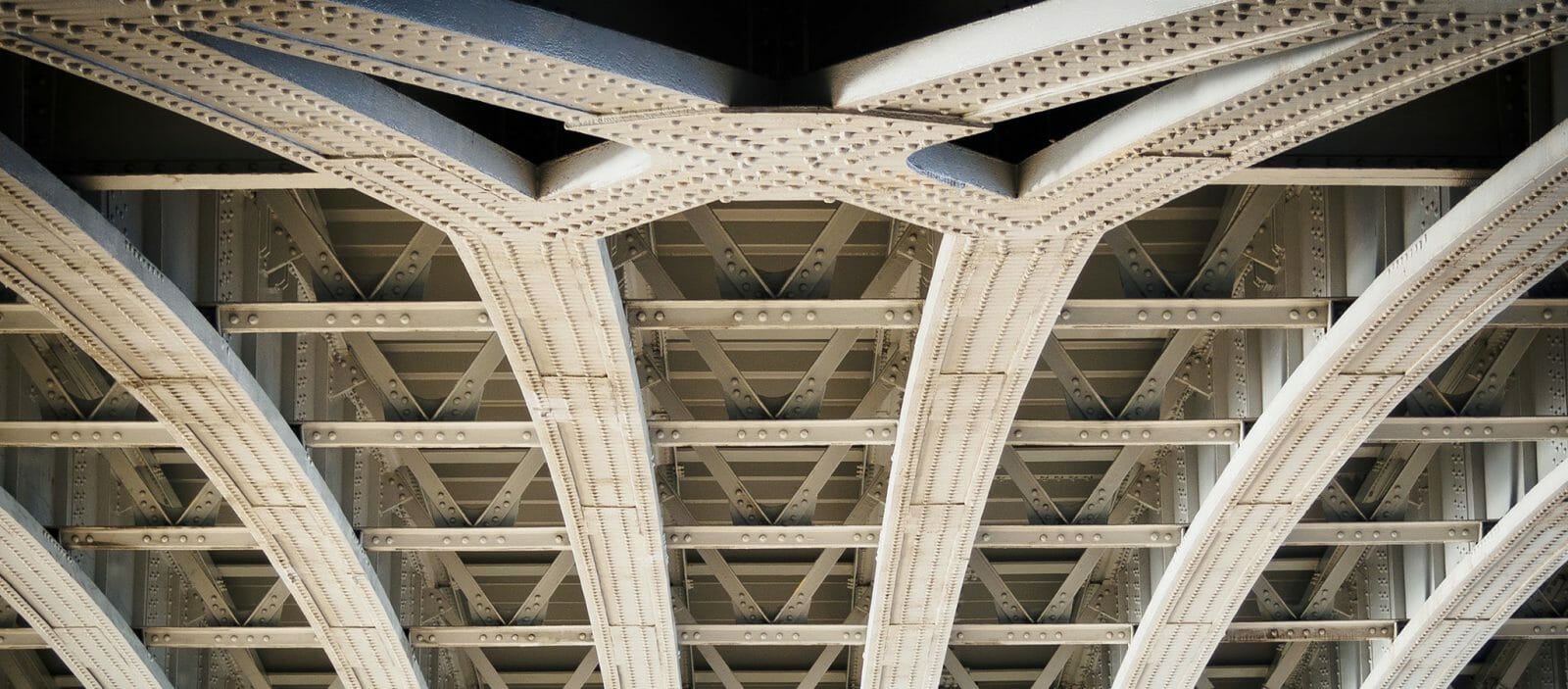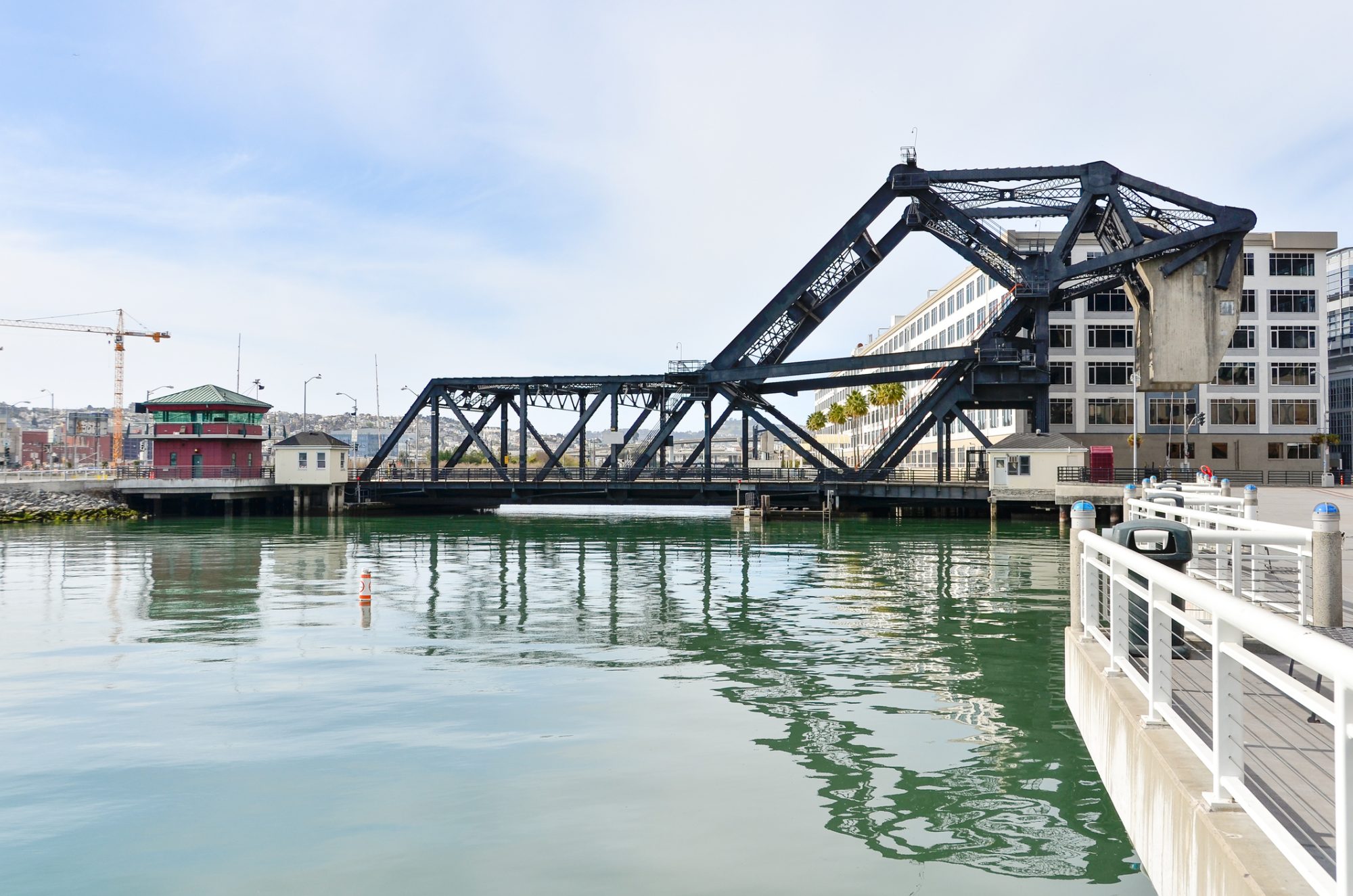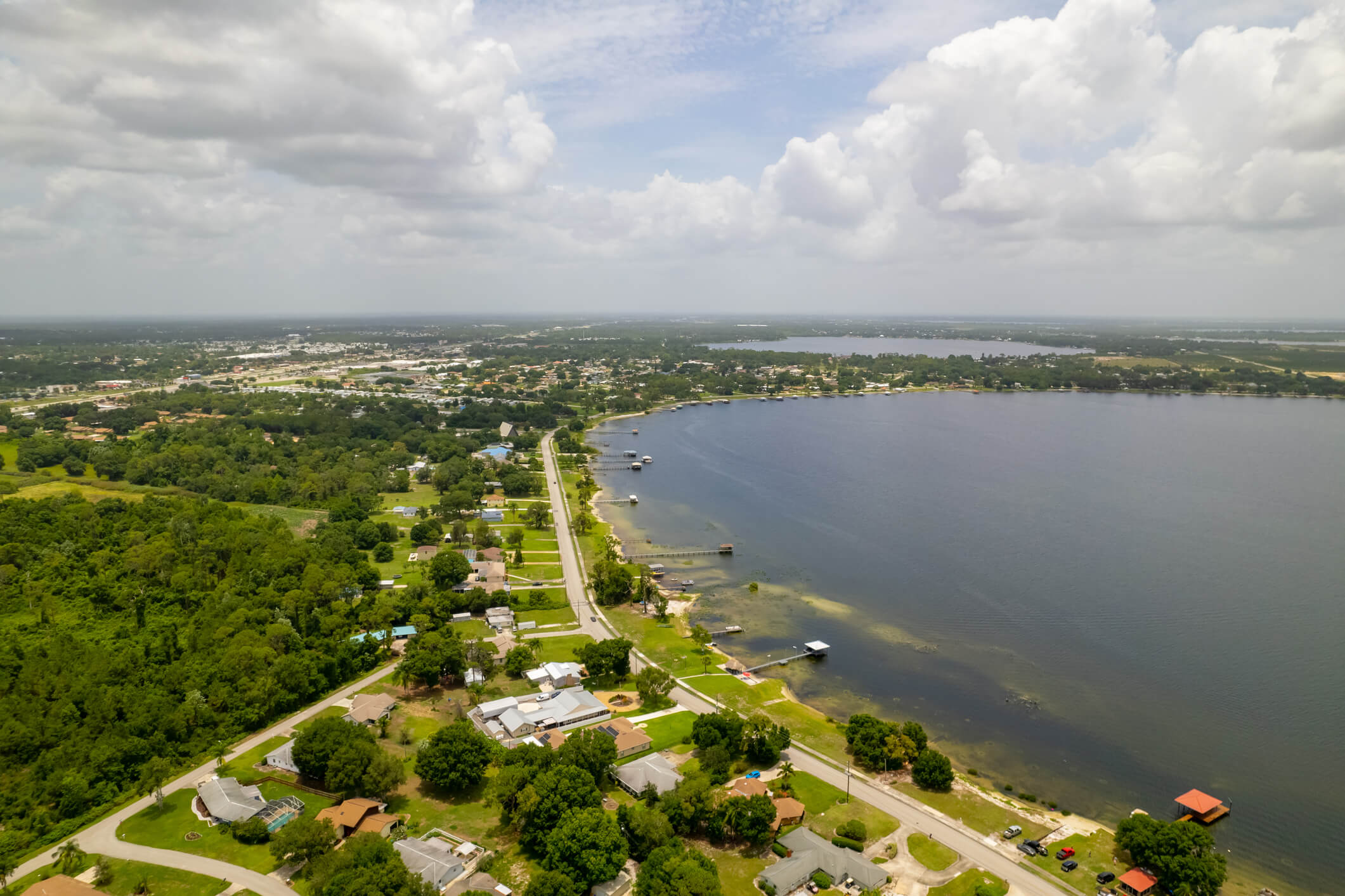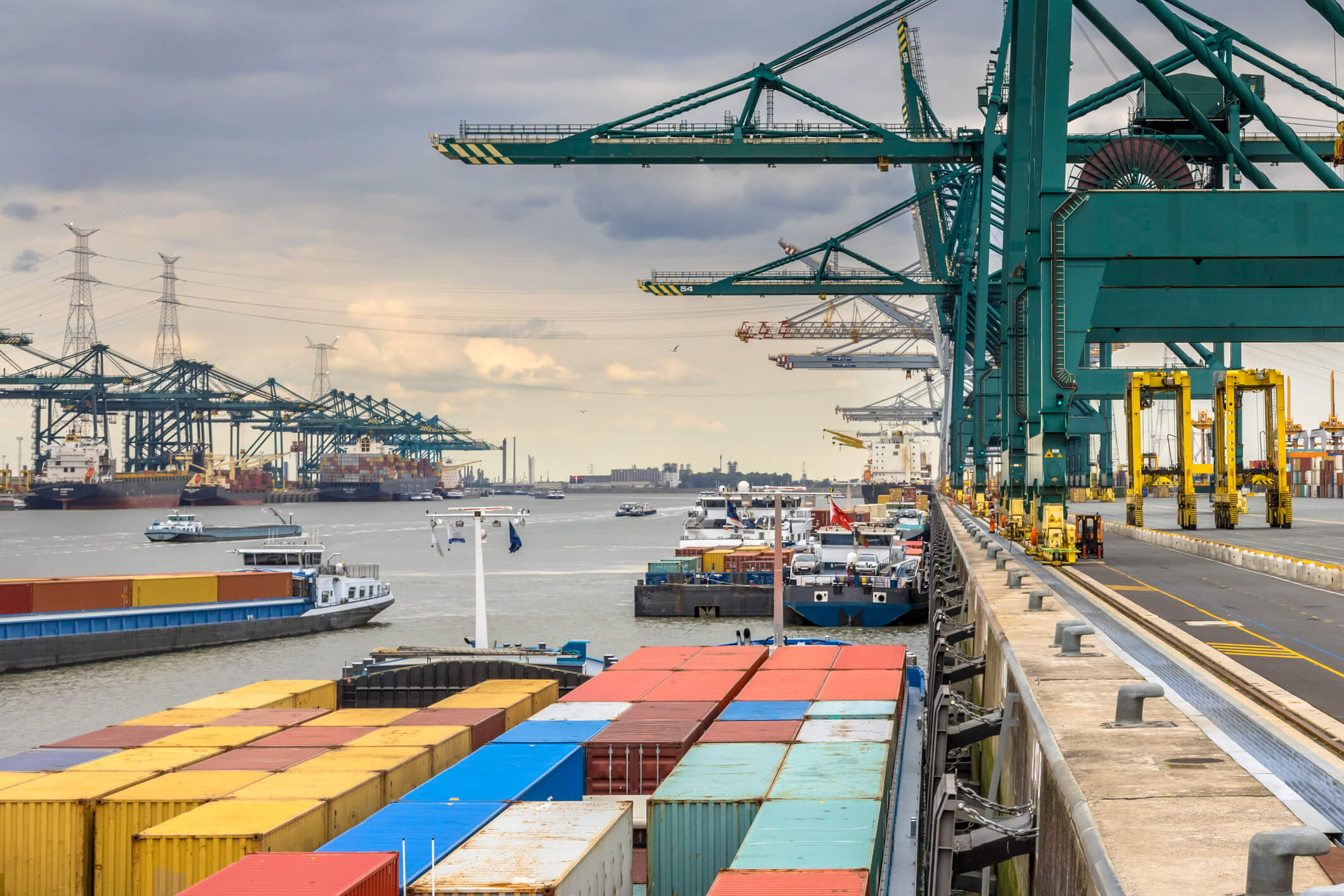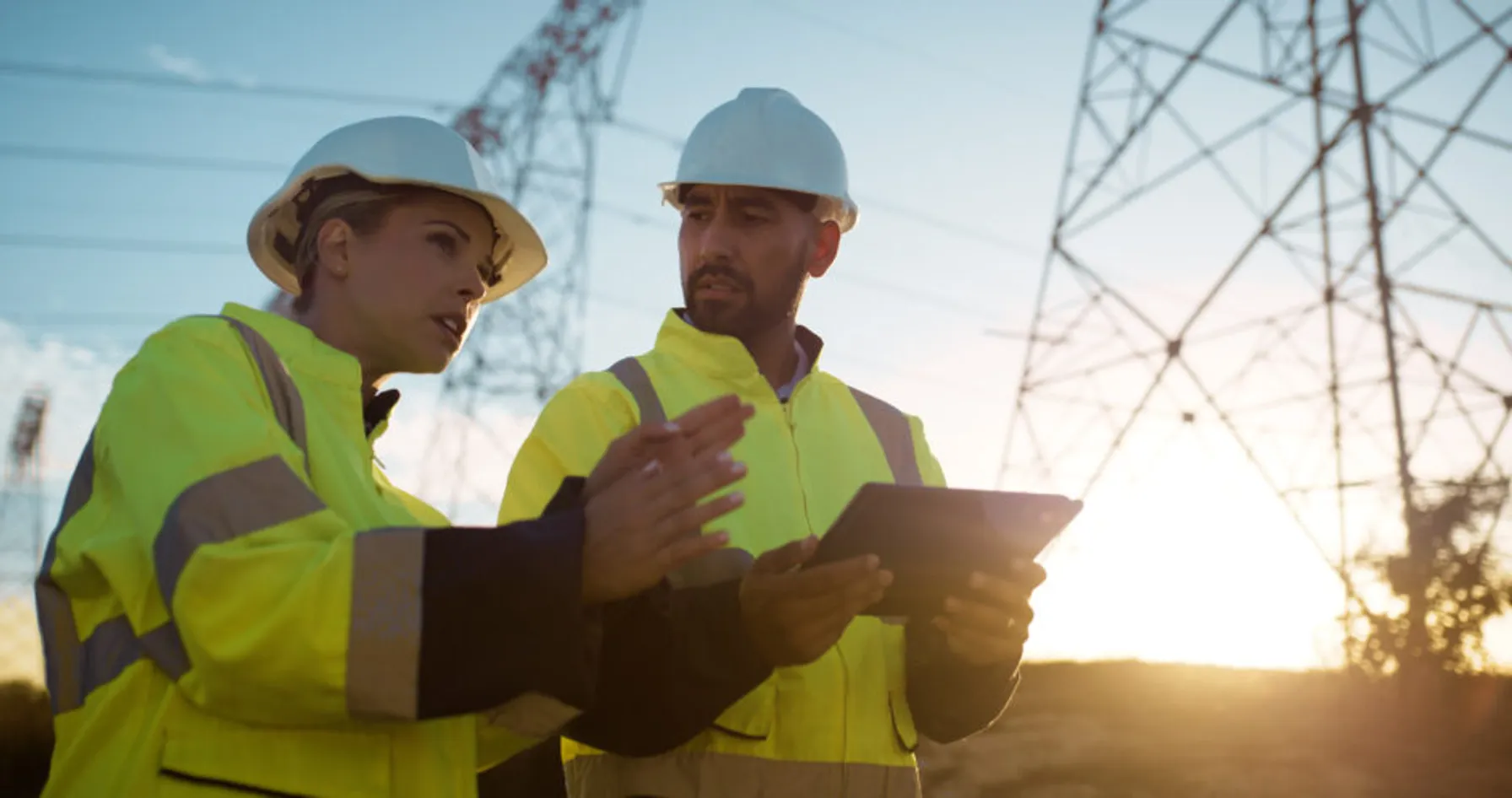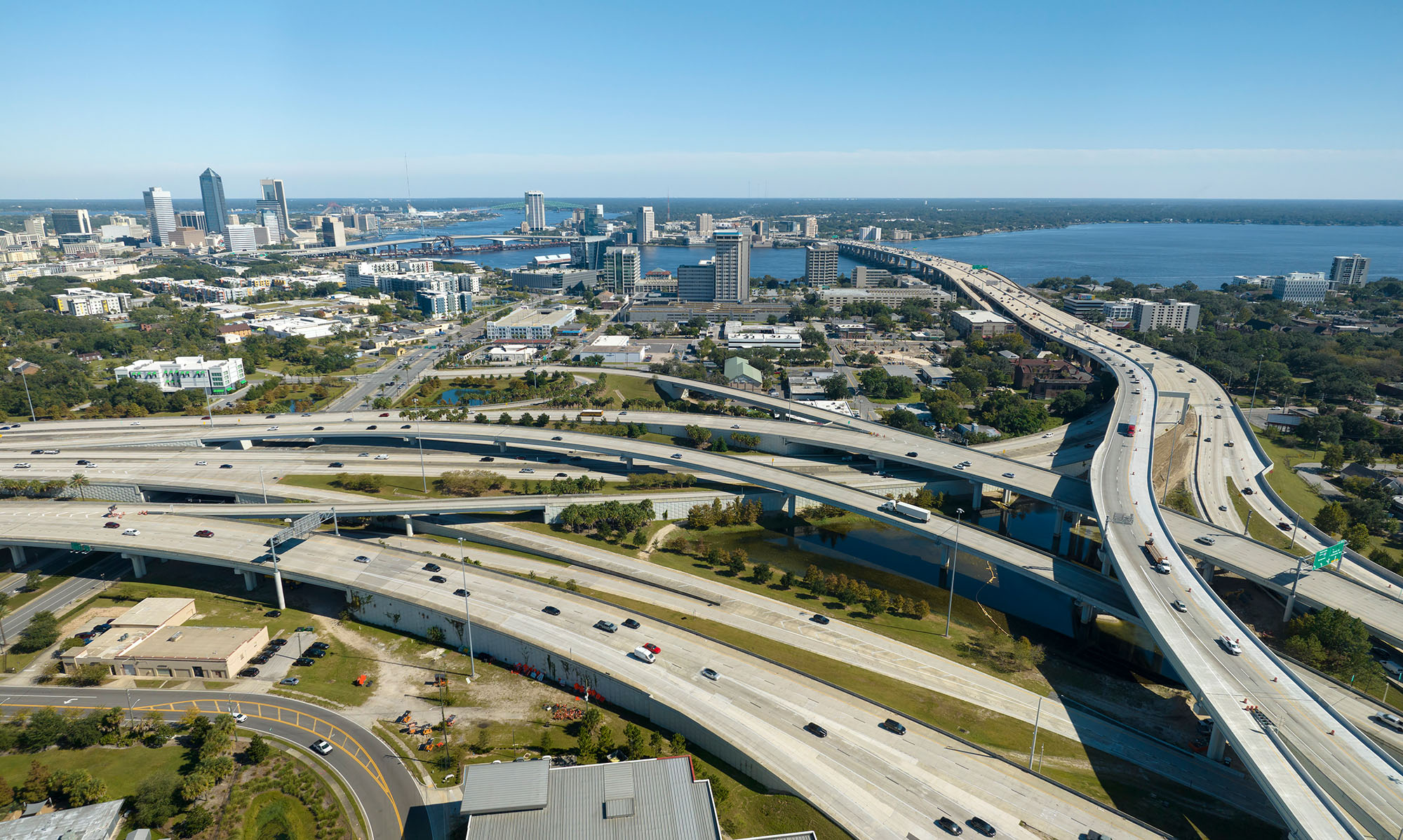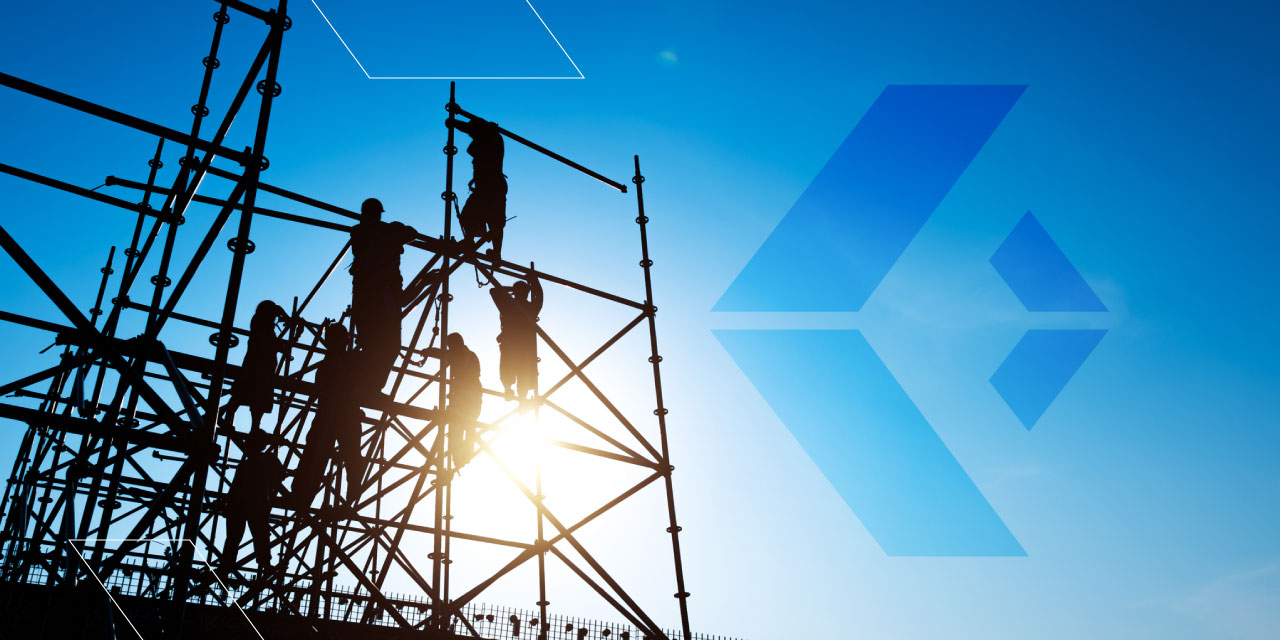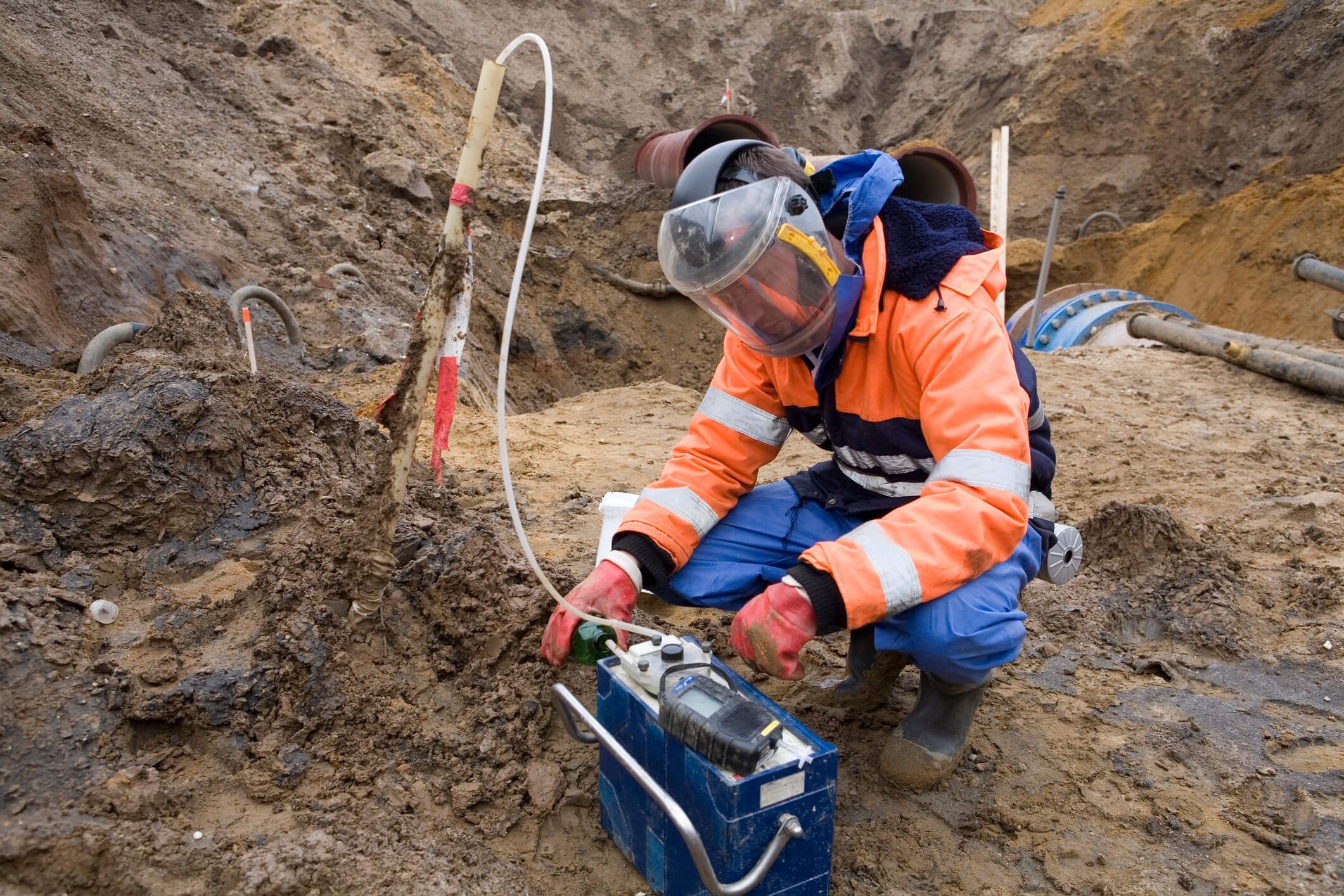To adhere to NBIS requirements, bridges must undergo an inspection at least once every 24 months. One exception to this requirement is for new and reconstructed bridges that have had their first 24-month inspection. If the bridge passes its inspection well, it may be eligible for a longer interval between evaluations.
Regardless of the bridge’s age or condition, TRC Companies recommends a bi-annual inspection to keep drivers safe and minimize the need for emergency service.
Resolve Structural Challenges Across All Stages of the Bridge Lifecycle
Enhancing public safety and instilling confidence in our nation’s infrastructure
Bridges are vital components of transportation infrastructure that millions of Americans rely on everyday and the number of bridges needing significant maintenance, rehabilitation and replacement is an ongoing priority across the U.S. As bridges age, factors like the environment, outdated building standards and heavy use take a toll on their structural integrity. Inspection, repair and maintenance is essential to keep them safe for the vehicles that travel across them each day. From conceptual studies, to safety inspection and load ratings, through design and construction, TRC addresses your most critical infrastructure needs.
Protect Bridge Safety With TRC
For decades, TRC has worked with transportation agencies and municipalities across the United States, providing inspection and repair solutions for bridges and other critical infrastructure assets. Whether your project involves bridge design, maintenance, or coordination with communities and utilities, our practitioners work for you through:
- Risk management: Our bridge inspection services are an essential aspect of risk management. One weak spot or missed repair opportunity can bring disastrous consequences for any agency and the community that relies on it. We prioritize risk evaluations for the most pressing concerns to protect people, property and the environment.
- Regulatory compliance: We work with many federal regulations, including the National Bridge Inspection Standards (NBIS), Federal Highway Administration (FHWA) and American Association of State Highway and Transportation Officials (AASHTO). We follow these compliance guidelines to the letter, as well as all local or internal standards.
- Operational efficiency: While safety is always our top priority, we also strive to maintain and improve operational efficiency where possible. We will work with project managers and other leaders to monitor budgets, enforce schedules and meet project deadlines, taking a customized approach that maximizes productivity.
- Multi-agency collaboration: With so many parties involved in developing and maintaining a bridge, TRC has made it our specialty to build relationships with all stakeholders and create communication avenues between them. We have experience collaborating with municipal clients, financial managers and even insurance companies, ensuring consistency, reliability and open communication.
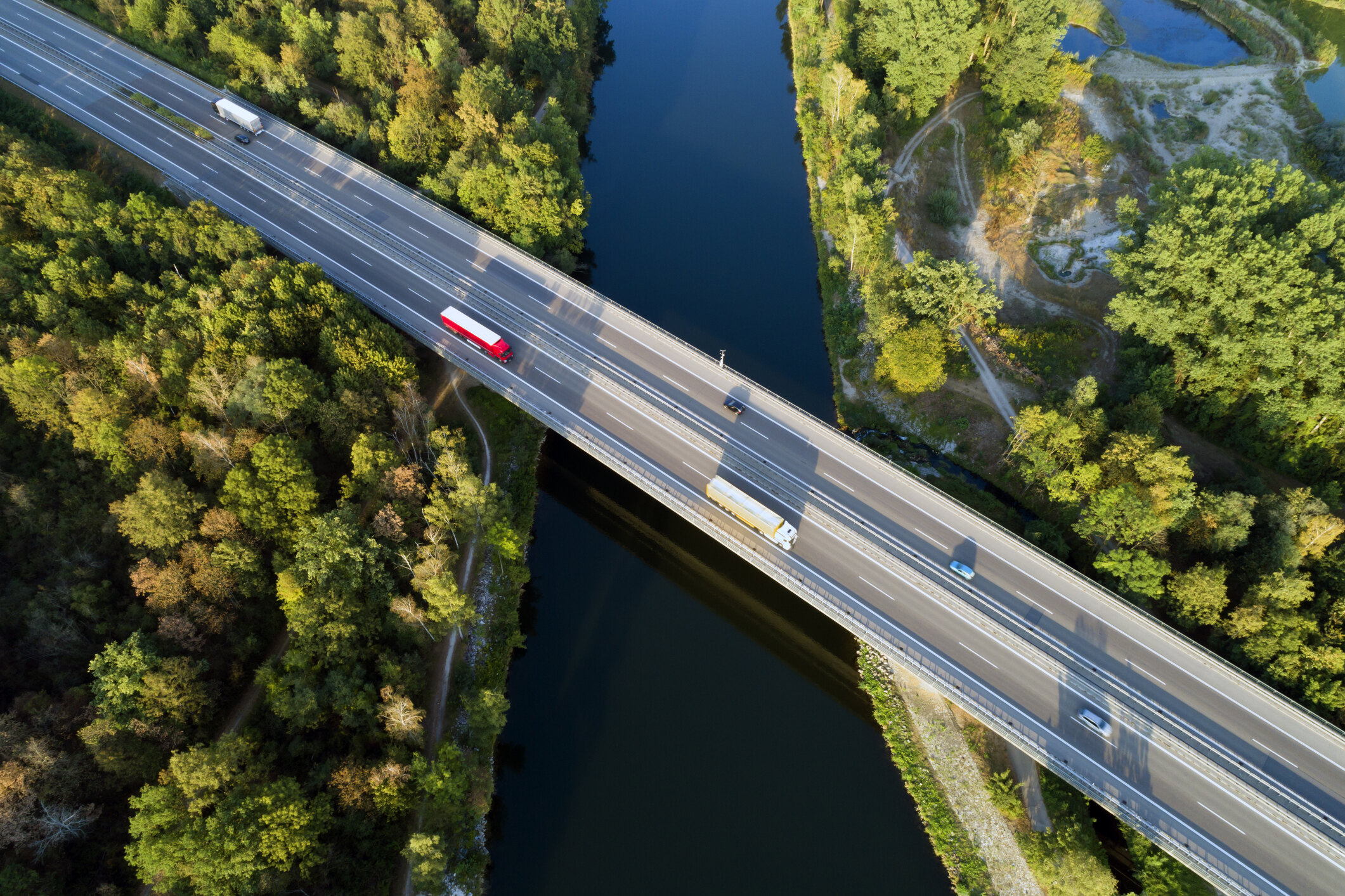
Seamlessly Integrated Safety Inspection, Load Rating, Structure Inventory, Appraisal and Repair Solutions
TRC’s inspectors employ multiple means of access to inspect bridge structures of varying size and complexity. Our inspections are thorough and compliant with the National Bridge Inspection Standards (NBIS) and AASHTO Manual for Bridge Evaluation. During our inspections, we identify issues that need to be addressed before it impacts motorist safety or increases life-cycle costs.
Adhering to established FHWA guidelines and stringent QC/QA procedures, our inspection work is accurate and consistent. Our assignments include small to large-size bridges, viaducts, railroad-grade separations, major water crossings and culverts in urban and rural environments. TRC also performs load capacity ratings of both new and existing bridges. These ratings are based on the Load and Resistance Factor Rating (LRFR) method using the evaluation methodologies of the AASHTO Manual for Conditional Evaluation of Bridges, as well as the allowable stress method or the load factor method (LFR) depending on the needs of our clients.
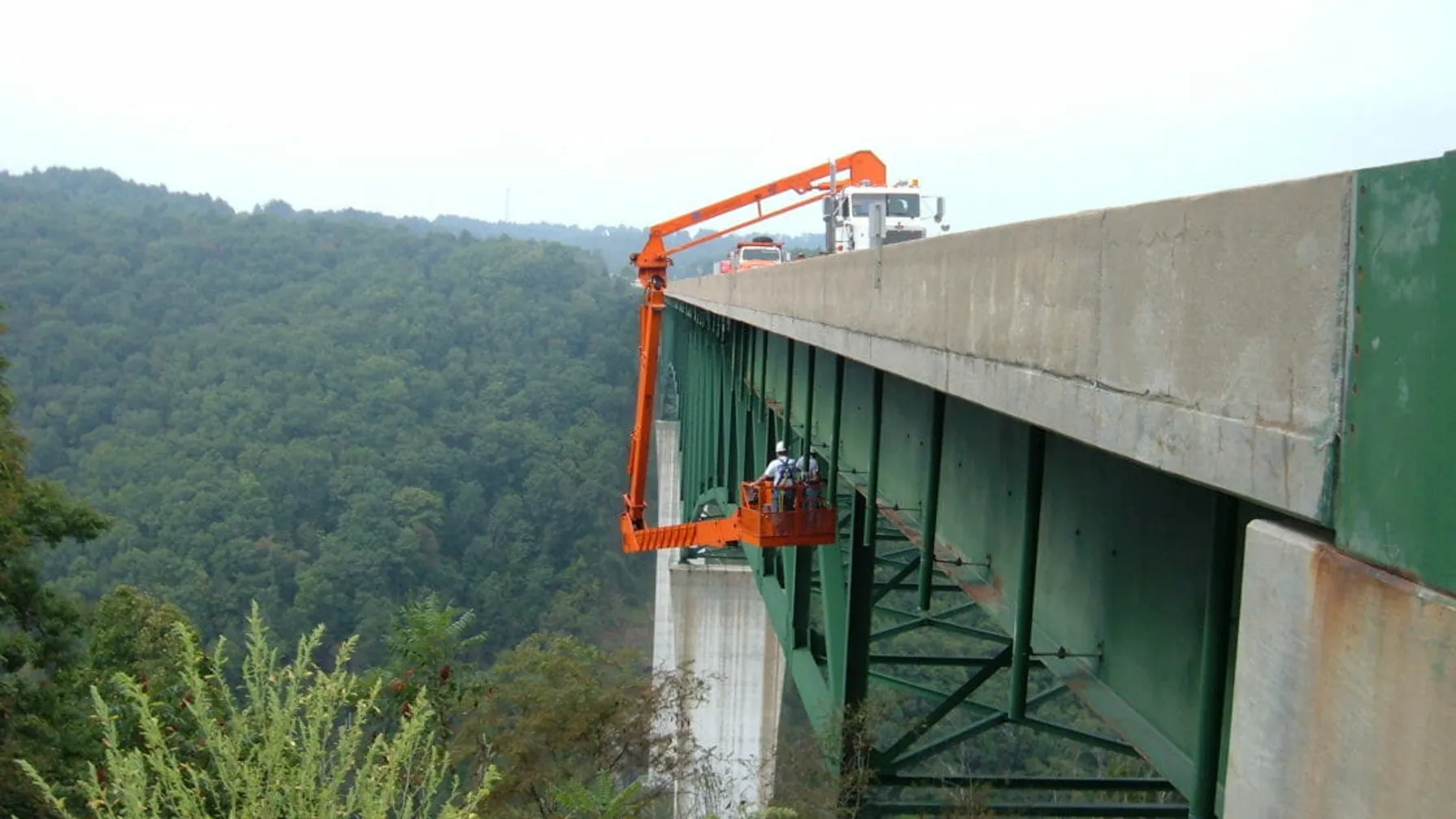
Our Bridge Inspection and Rating services include:
- In-depth safety inspections
- Routine inspections
- Fracture Critical Member inspections
- Load ratings (load factor method, working stress design method, or load and resistance factor method)
- Structure Inventory & Appraisal (SI&A) coding updates
- Element level conditions and coding
- BMS2 rating
- Scour evaluation and remediation design
- Repair designs
Frequently Asked Questions
Our inspection process includes:
- Preparation and planning: We meet with officials and executives to hear concerns, plan inspection dates, set detours and secure safety equipment.
- Inspection: We follow all NBIS and state requirements for evaluating bridge elements and the structure as a whole.
- Reporting and recommendations: During and after the inspection, we will document our findings and, if necessary, make recommendations to repair, secure and upgrade the bridge to meet compliance.


